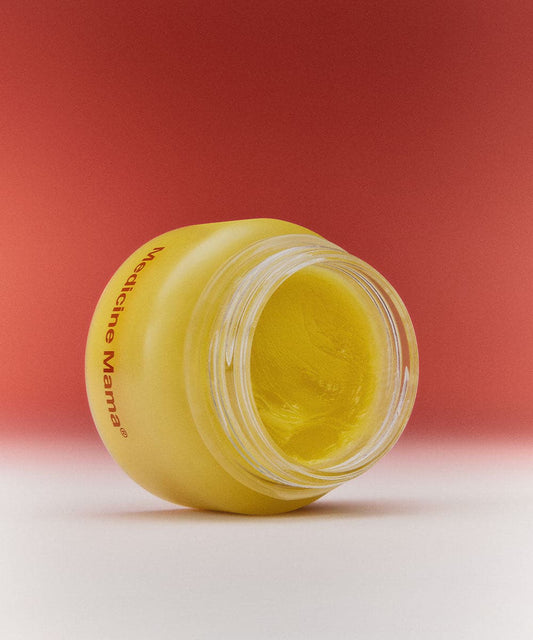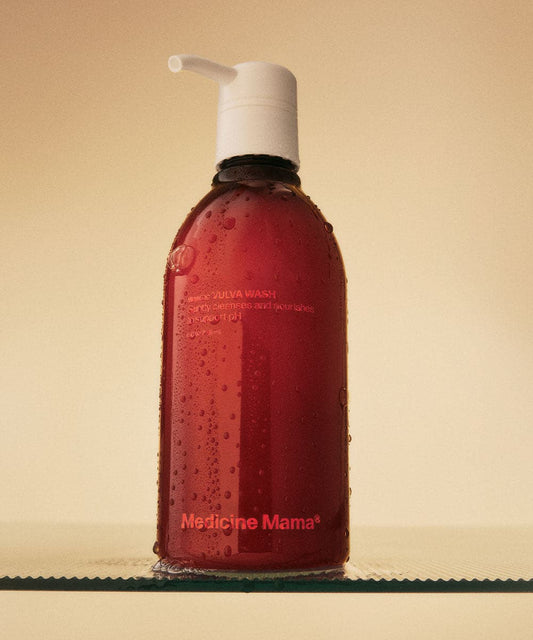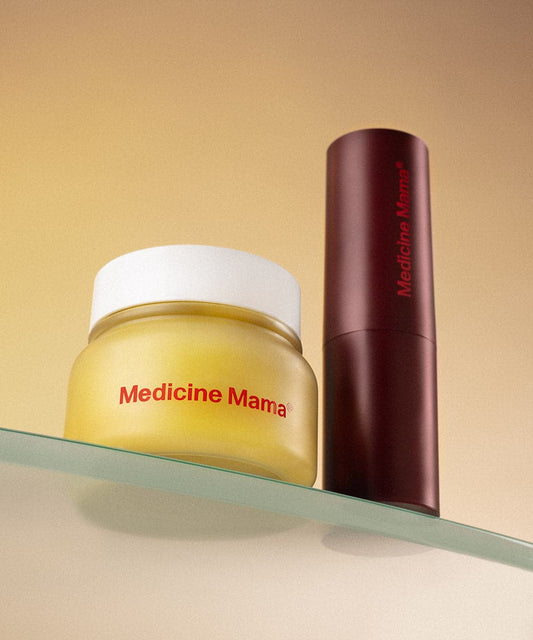Sugar waxing, or “sugaring” is gaining popularity and growing in notoriety for its benefits over conventional waxing. So what it is and how does it work? Sugaring is a process during which the sugar paste is applied to the desired area and sticks, and essentially removes hair without attaching to the skin. The paste can be applied at room temperature or heated to a lukewarm temperature, minimizing the risk of burns. For this reason (among many others), sugaring is generally preferred over waxing when it comes to removing hair from larger areas of skin. I personally love sugaring because, like Culinary Cosmetics, sugaring paste can be prepared with common household food items such as water, sugar, lemon juice, cornstarch, honey and molasses. Getting the correct consistency takes practice for most users, but, for those who don’t want to make their own, pre-made sugar paste is also sold. The most common recipe for sugaring wax is as follows:
- 8 parts sugar
- 1 part lemon (either fresh or from a bottle, not from concentrate)
- 1 part water
Advantages of sugar waxing over ordinary waxing
- Sugar will not stick to live skin cells, only dead skin cells are removed, so there is no risk of abrasion or tearing.
- Sugar paste is luke warm when it is applied, So there is no risk of burning the skin.
- Sugar paste is applied against the direction of hair growth then removing the hair in the natural direction of growth … resulting in less painful hair removal and eliminating hair breakage.
- Hair growth only needs to be 1/8 inch after shaving or 1/16 inch after sugaring! (May vary depending on individual and hair type).
- Sugaring is so gentle it can remove the vellus hair on some woman’s faces and is safe for clients with sensitivities, eczema and psoriasis.
- Sugar paste dissolves easily with water leaving no sticky residue left on your skin.



